No Products in the Cart
Diamonds have been the subject of dreams and legends for centuries. Some of the world's largest and most beautiful jewels have been immortalized more than most. Between royal interests, top secret love affairs and horrible curses, any one of the jewels can be movie material. Do you recognize any of these historic gems?
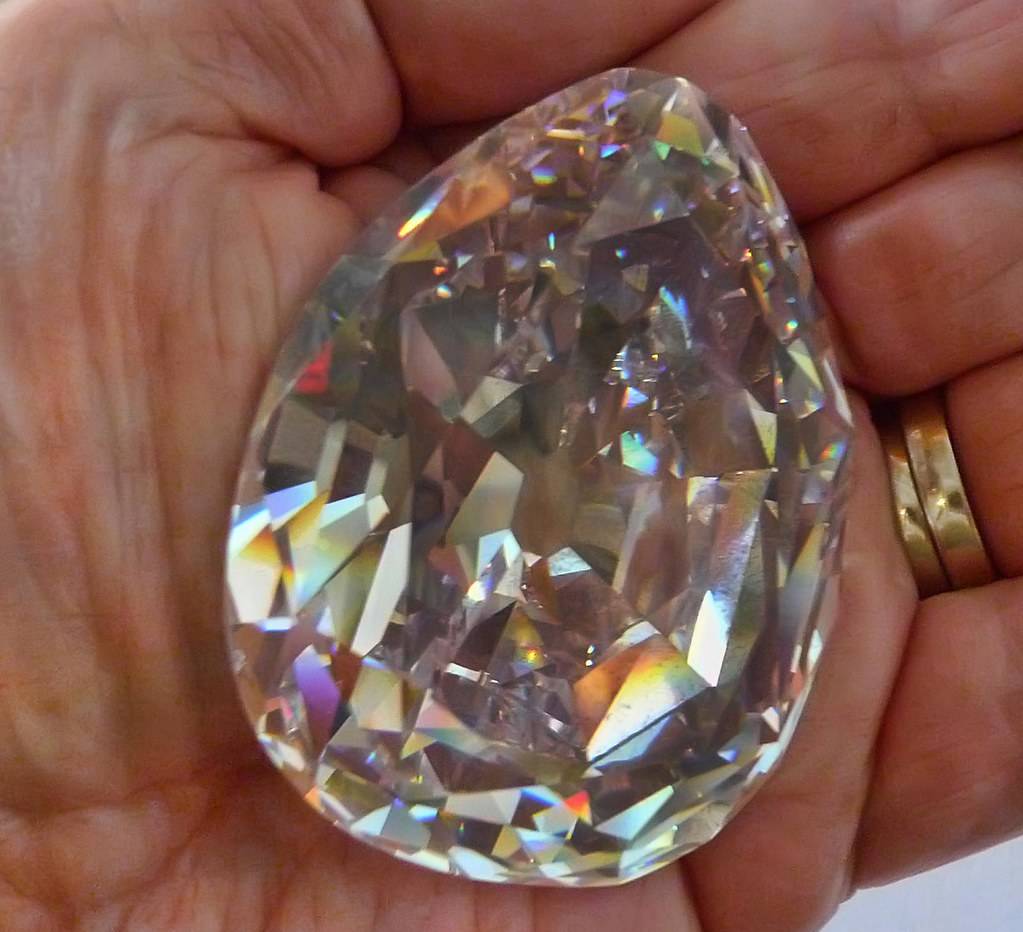
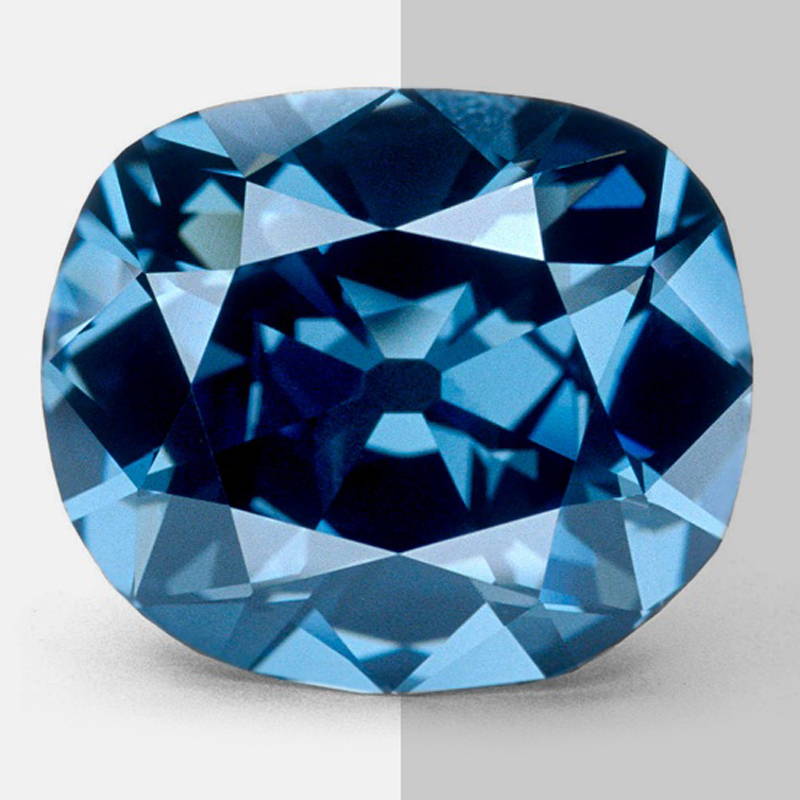
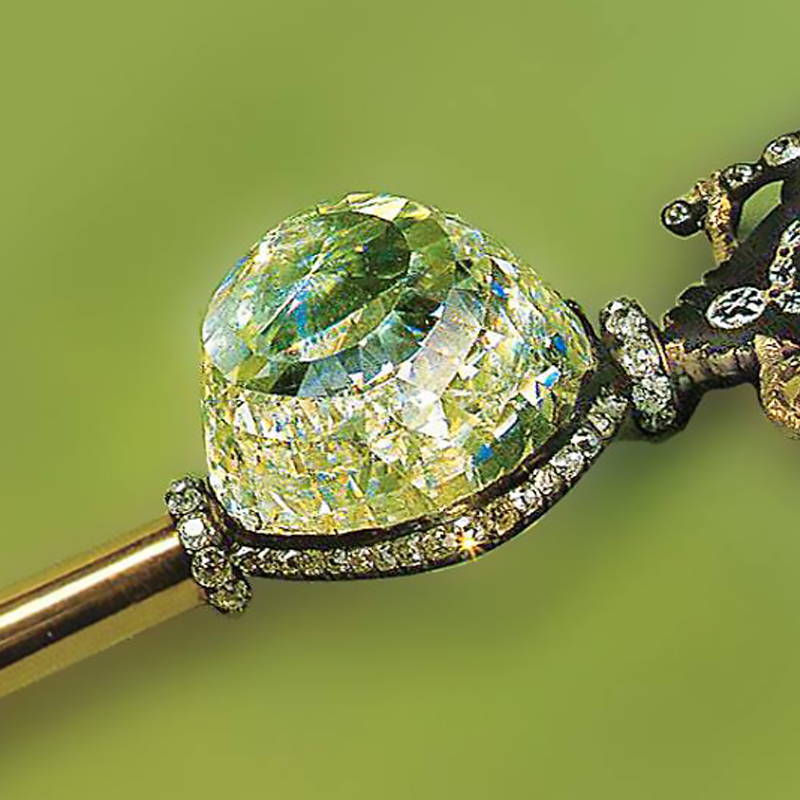
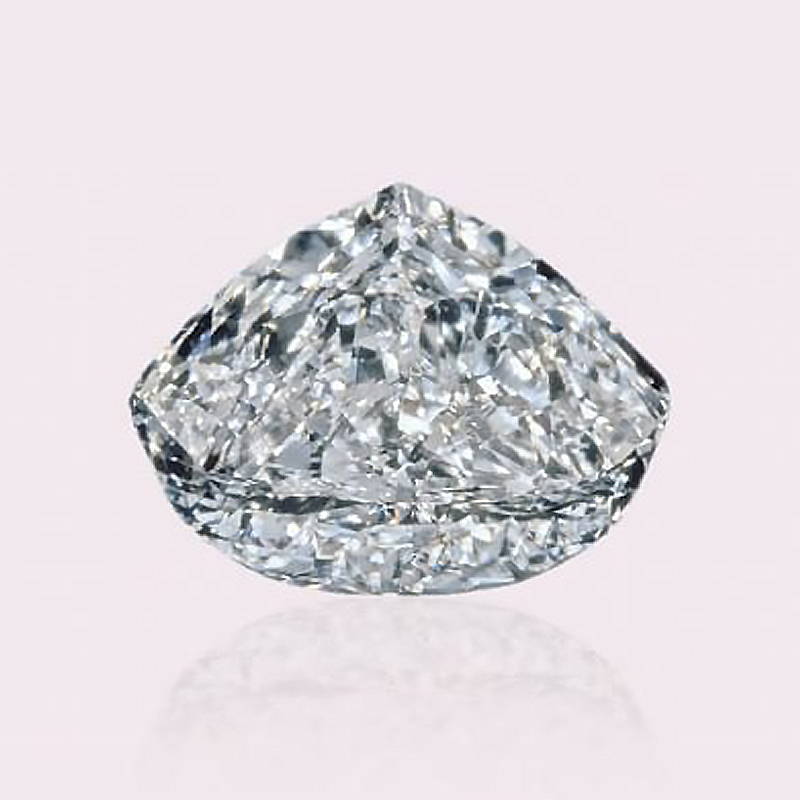
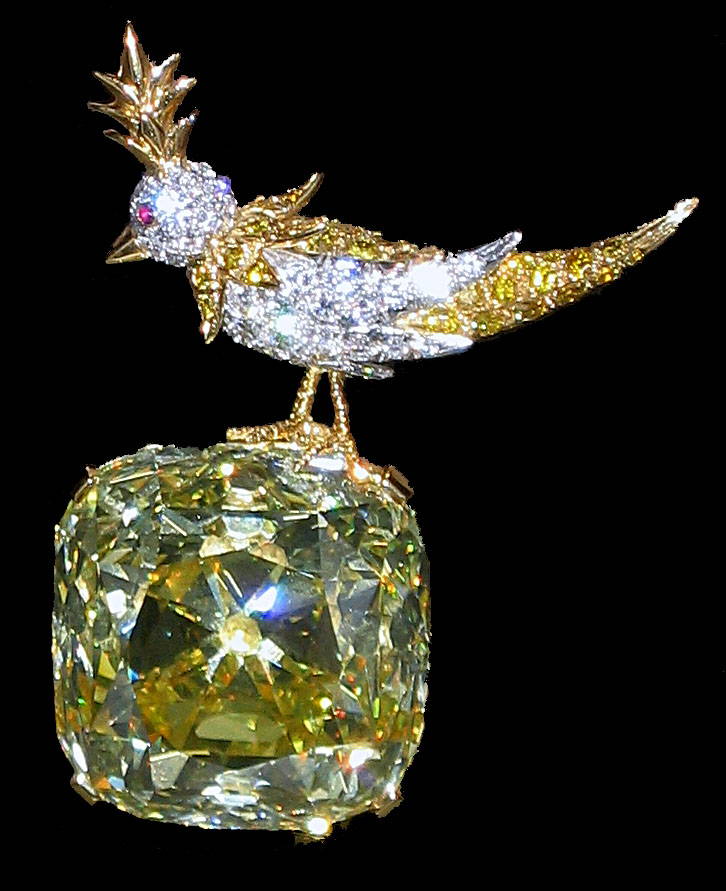
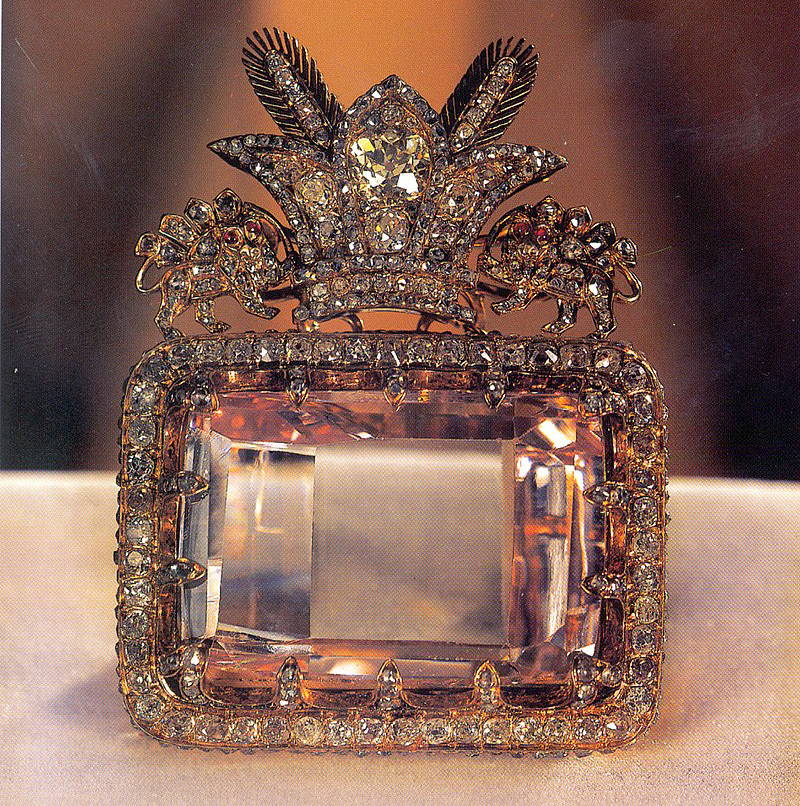
The diamond's Persian name translates to "Sea of Light" and is often referred to as the Ocean of Light Diamond in Europe and the Americas. This jewel is coveted as the world's largest pink diamond, and has been cherished by royal families for centuries.
The diamond was first owned by the Kakatiya dynasty in South India, until somewhere around the year 1300. It was then looted and possessed by various families in India and later Persia. The diamond is now part of the Iranian Crown Jewels, and is estimated to between 175 and 195 carats. The stone's full weight cannot be properly measured, as the setting is too delicate, and to remove the diamond would destroy it.